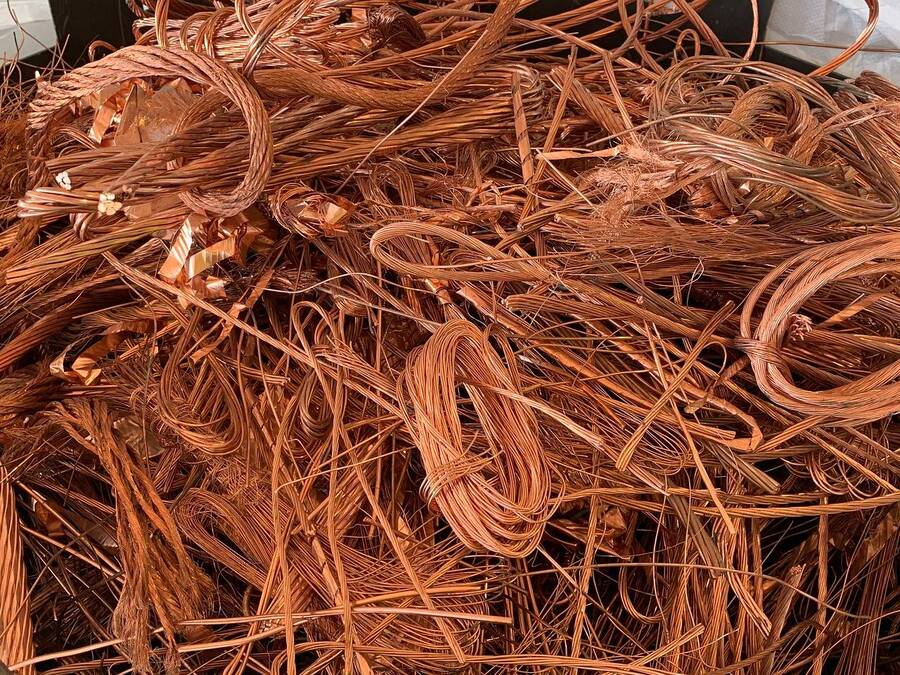

APR 09, 2025
Brass is one of the most commonly recycled non-ferrous metals. Being an alloy of copper and zinc, it retains its valuable properties even after multiple recycling processes. If you have old plumbing, hardware, or machinery parts lying around your property, you may not be sure what to do with them. Luckily, you’ve come to the right place.
At RCM Recycling, we are passionate about responsible scrap metal recycling. We believe in giving scrap metal a second life by turning discarded materials into valuable resources. In today’s post, we’ll tell you everything you need to know about how brass scrap is recycled.
The first step in brass recycling is collection. Brass items come from various sources—residential, commercial, and industrial. These include things like brass faucets, plumbing pipes, spent bullet casings, and electrical components. Once collected, the brass scrap is transported to a scrap metal recycling facility where it’s sorted based on its type and grade.
Sorting is crucial in this whole recycling process. Brass can vary in composition, and recyclers need to separate yellow brass from red brass. This ensures a cleaner melt and better-quality recycled product. Sometimes, this process is done manually. Other times, facilities use specialized machines to scan, identify, and separate the materials.
Next comes cleaning the scrap in preparation for melting and refining. No one wants to melt down brass that’s coated in dirt, paint, or leftover oil. These contaminants can interfere with the recycling process and reduce the quality of the final product. So, the brass is cleaned thoroughly—either by hand, with solvents, or through mechanical tumblers that scrub away debris.
This step is incredibly important. A clean load of brass allows for a smoother melt and a purer metal at the end of the line. If there are any attached pieces made of plastic or rubber (like in faucets), those are removed before the brass is processed further.
Once sorted and cleaned, the brass is ready for melting. The scrap is placed in a high-temperature furnace, where it’s melted down into a liquid form. Depending on the type of brass and what it's being recycled into, small adjustments might be made to its composition during this stage. For instance, a little more copper or zinc might be added to balance the alloy.
The melted brass is poured into molds and cast into ingots or rods. These forms make it easier to transport and remanufacture into new products. The refining process also involves skimming off impurities to ensure the metal is clean, strong, and ready for reuse.
The final step is transformation. The freshly made brass ingots head off to manufacturers, where they’re melted again and used to make a variety of new items. These include plumbing parts, automotive components, electrical fittings, and even musical instruments.
There you have it. This is the simple circular economy of brass scrap. It’s important to familiarize yourself with this process so that you can get started on the right foot
Recycling brass scrap conserves resources, lowers production costs, and keeps metal waste out of landfills. Now that you know what goes into brass metal recycling, why not drop your brass items off at a nearby scrap metal buyers yard? Get started today and save our planet. If you’re looking for trusted scrap metal buyers in Zebulon, contact RCM Recycling today and speak to one of our representatives. We accept a wide range of brass scrap items, including fittings, valves, plumbing fixtures, shell casings, and decorative pieces. Whether you’re a contractor, homeowner, or business with bulk materials, we’re here to offer competitive pricing and reliable service. Contact us for more information.